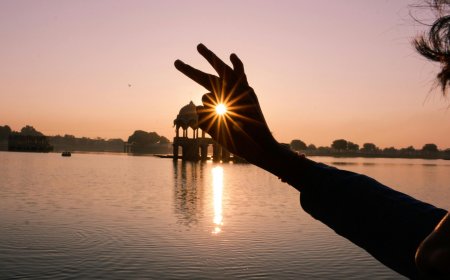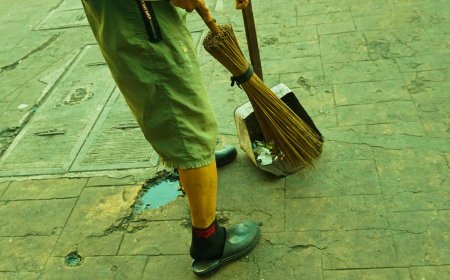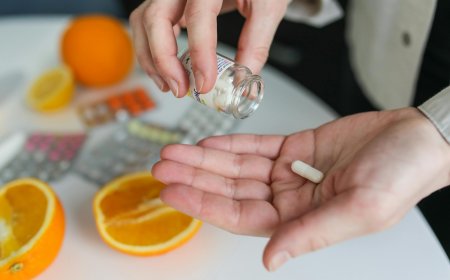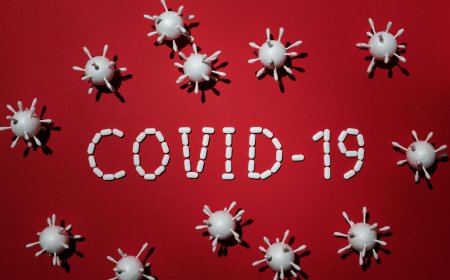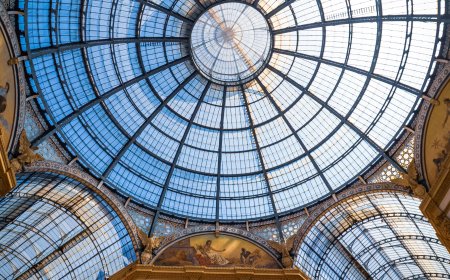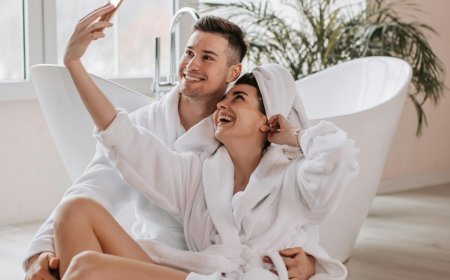When Beauty Becomes Jewelry: Dazzling One-of-a-Kind Creations
From diamond facials to lipstick pendants, luxury houses are merging beauty and jewelry into spectacular, one-of-a-kind pieces.
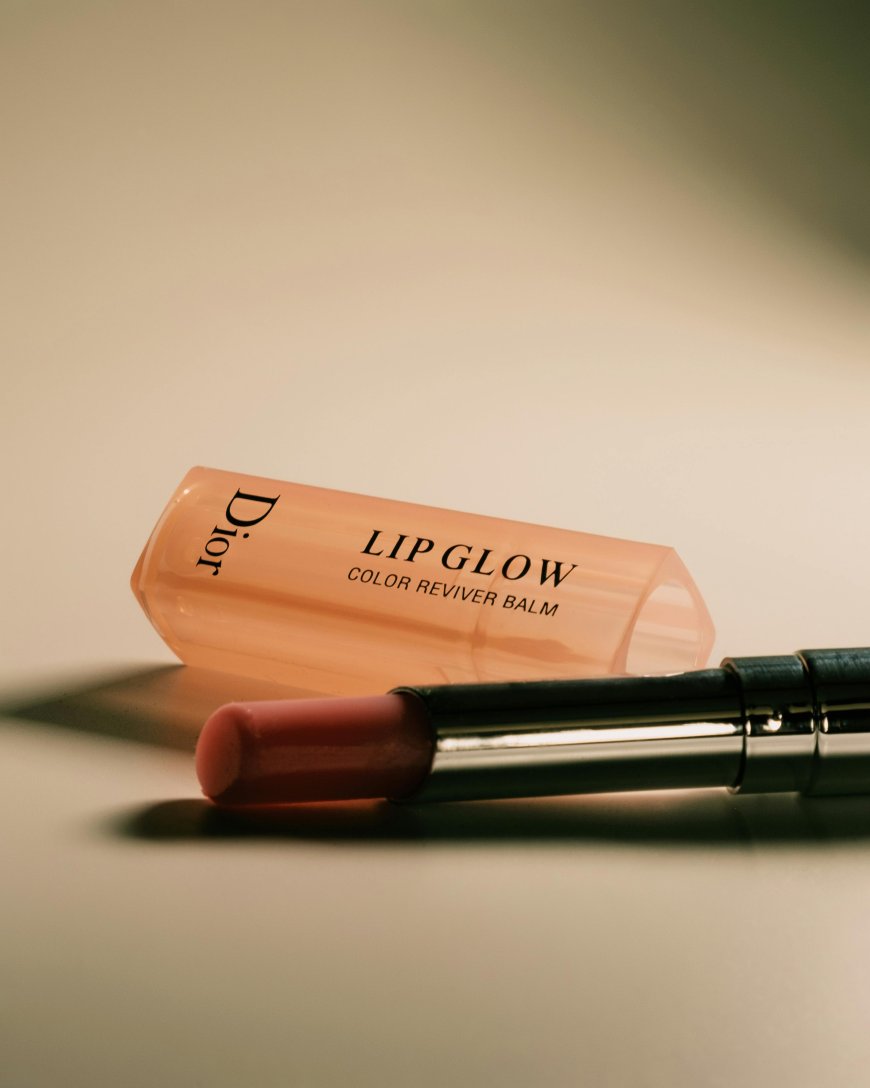
A Pendant That Holds a Secret
In May, at Christian Dior’s sun-soaked estate of Château de La Colle Noire in the south of France, a model walked through manicured gardens in a flowing mustard gown. Around her neck hung a gleaming pendant, its enameled flowers bursting with gem-studded brilliance. It looked like a lavish necklace, but when she clicked it open, the audience gasped.
Inside, hidden within the jeweled case, was a Dior lipstick.
The piece was the result of an unlikely collaboration between Victoire de Castellane, Dior Joaillerie’s creative director, and Peter Philips, the brand’s image director for makeup. Dior described it as a fusion of “the obvious connections between jewelry and beauty”—a marriage of artistry that turns an everyday beauty product into a treasure.
It’s a growing trend in luxury: the blending of beauty rituals and high jewelry into creations that are both functional and fantastical.
The Rise of Hybrid Luxury
For decades, beauty and jewelry ran on parallel tracks—cosmetics being ephemeral, jewelry eternal. But luxury houses are now weaving the two together, catering to a generation of consumers who crave experience, individuality, and storytelling.
These aren’t products meant for mass markets. They are limited, bespoke, and extraordinary. Think of:
- A lipstick tube encrusted with diamonds.
- A perfume bottle that doubles as a pendant.
- A bracelet concealing a miniature compact.
What once belonged to the realm of novelty has become a serious category of luxury design, reshaping how consumers interact with objects they wear and use.
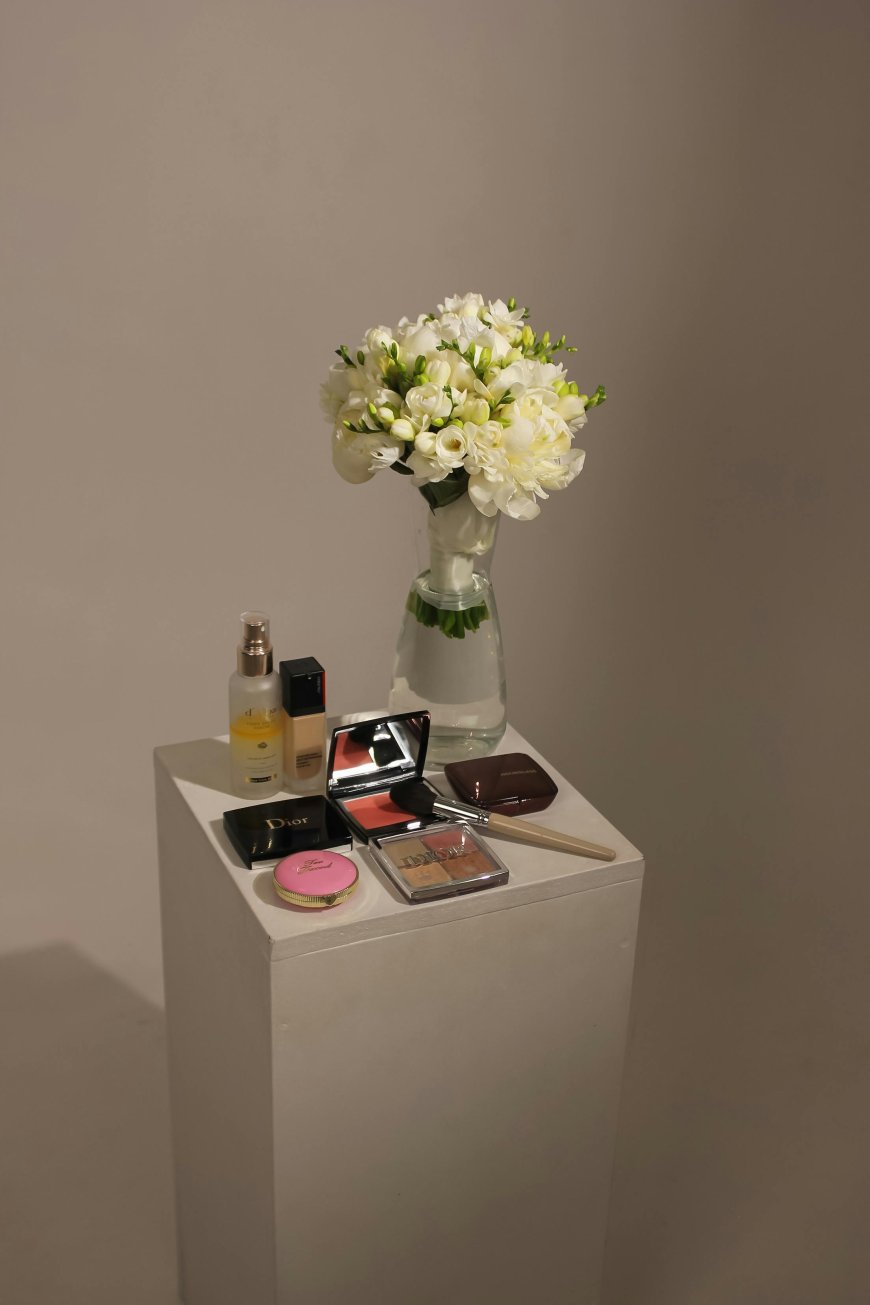
Diamonds on the Skin: The Beauty of the Spectacle
The concept isn’t confined to objects. Some of the world’s most extravagant beauty treatments now employ jewelry itself.
The diamond facial, once dismissed as marketing gimmickry, has gained traction among ultra-wealthy clients in London, New York, and Dubai. Crushed micro-diamonds are massaged into the skin, promising exfoliation, radiance, and—more importantly—the allure of indulgence.
For clients, it’s not just about results. It’s about the narrative of wearing luxury at its most intimate level: on the skin itself.
As one New York-based esthetician put it: “People don’t come just for smoother skin. They come to feel like they’ve touched the untouchable.”
Dior’s Lipstick Pendant: A Story of Reinvention
Dior’s lipstick pendant is emblematic of this fusion of beauty and jewelry.
By concealing a cosmetic product inside an ornate piece of jewelry, the house reframed the ritual of applying lipstick. No longer a quick swipe in the bathroom mirror—now it becomes a performance, a moment of spectacle.
Luxury thrives on storytelling, and this creation tells multiple stories at once: of femininity, secrecy, and the intimate relationship between adornment and self-expression.
It also speaks to a deeper shift in luxury markets. Consumers, particularly in Tier-1 countries, are seeking objects of dual purpose—pieces that are as practical as they are breathtaking, merging artistry with personal ritual.
Beauty as Collectible Art
In Paris, jewelers have begun producing lipstick pendants and compacts as collector’s items, often made in collaboration with beauty brands. These are not just accessories—they are designed to sit in safes alongside fine watches and diamonds.
A few standouts include:
- Cartier’s vanity cases from the 1920s, reimagined for modern collectors.
- Bulgari’s perfume pendants, turning fragrance into wearable art.
- Independent ateliers crafting rings that twist open to reveal gloss or balm.
The allure lies not in necessity—no one needs a diamond lipstick holder—but in the idea of transforming mundane rituals into luxury theater.
A Story from the Vanity Table
For 72-year-old collector Isabella Rossi of Milan, these pieces aren’t novelties—they are memories.
Her grandmother owned a Cartier vanity case from the 1930s, inlaid with jade and mother-of-pearl. As a child, Isabella watched her open the case, revealing a miniature mirror and a sliver of red lipstick.
“She would apply it before dinner, slowly, like it was a ceremony,” Rossi recalls. “To me, it was magic. That lipstick was her crown jewel.”
When Dior unveiled its lipstick pendant this year, Rossi immediately placed her name on the waitlist. “It feels like history repeating itself—beauty and jewelry, once again intertwined.”
Her story illustrates why these hybrids resonate so deeply: they link intimate rituals with timeless heirlooms, bridging generations.
Why Consumers Are Drawn to Hybrid Luxury
The popularity of these creations is fueled by several cultural shifts:
- Instagrammable luxury: A jeweled lipstick or facial made of diamonds offers visual spectacle tailor-made for social media.
- Personalized storytelling: Consumers want objects that feel unique, even secretive—like a pendant with a hidden compartment.
- Shift from status to experience: Luxury is no longer just about owning; it’s about how it feels and how it is performed.
- Collectability: These pieces straddle categories, appealing to beauty enthusiasts, jewelry collectors, and design connoisseurs alike.
For high-end brands, hybrid objects also bridge customer bases, encouraging beauty buyers to explore fine jewelry, and jewelry collectors to experiment with beauty.
Challenges and Criticisms
Not everyone embraces the fusion. Critics argue that such pieces risk being frivolous at a time of global economic challenges. Others see them as emblematic of excess—luxury for luxury’s sake.
There are also practical concerns:
- How do you refill a jeweled lipstick case?
- Does a diamond-encrusted compact truly serve its purpose?
- Are these objects functional, or merely symbolic?
Yet, in luxury, symbolism is often the point. As long as the story captivates, practicality takes a back seat.
Beyond Beauty: What’s Next for Hybrid Luxury
Industry insiders suggest that the future could see even bolder fusions:
- Smart jewelry that dispenses fragrance or skincare.
- Limited-edition collaborations between watchmakers and cosmetic houses.
- Personalized heirlooms, such as lockets containing custom-made lip colors or fragrances.
As boundaries blur between categories, luxury brands are realizing that cross-pollination fuels creativity—and profit.
Conclusion: When Rituals Become Treasures
Diamond facials and lipstick pendants might sound like curiosities, but they signal something larger. They represent the way luxury evolves—by transforming the everyday into the extraordinary, by turning personal rituals into art forms.
For some, they are excess. For others, they are expressions of identity, beauty, and memory.
As Dior’s lipstick pendant proved in a garden in the south of France, the smallest gestures—opening a necklace, applying a shade of red—can become dazzling performances when beauty and jewelry meet.
FAQs
1. What is a diamond facial?
It’s a luxury skincare treatment using crushed diamonds for exfoliation and radiance, popular among ultra-wealthy clients.
2. Why are brands merging beauty and jewelry?
To create unique hybrid objects that transform everyday rituals into luxury experiences and collectibles.
3. Are lipstick pendants functional?
Yes, they can hold real lipsticks, though they are often designed more as collector’s items than daily-use objects.
4. Which luxury brands are leading this trend?
Dior, Cartier, Bulgari, and select independent jewelers are producing hybrid beauty-jewelry pieces.
5. Will hybrid beauty and jewelry expand further?
Yes, with potential for perfume lockets, smart jewelry with beauty functions, and bespoke collectible designs.
What's Your Reaction?
 Like
1
Like
1
 Dislike
0
Dislike
0
 Love
0
Love
0
 Funny
0
Funny
0
 Angry
0
Angry
0
 Sad
0
Sad
0
 Wow
0
Wow
0








